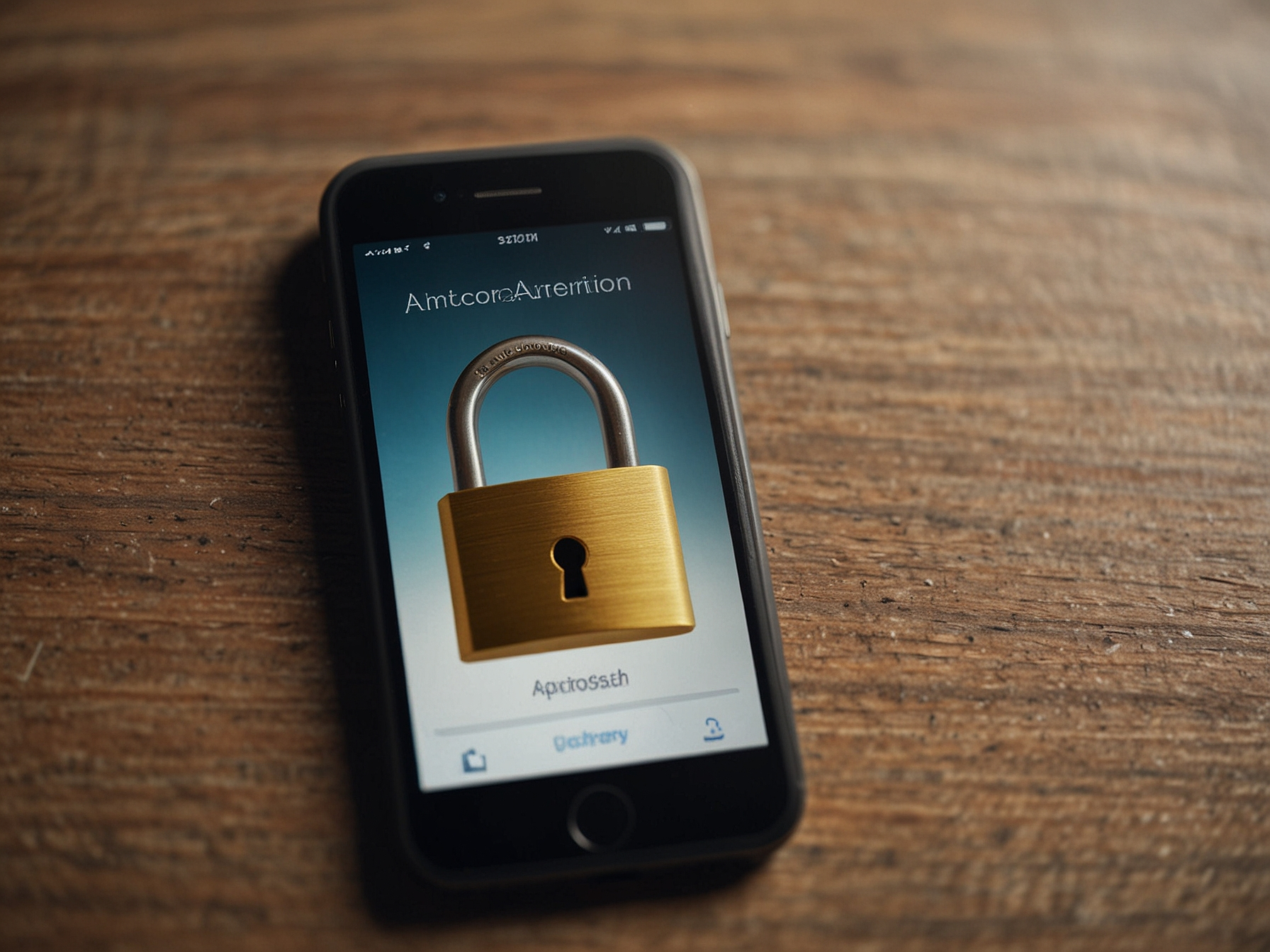
Login and Account Security
We ensure a straightforward, secure login process for all members. Protecting your account is one of our highest priorities, and we provide tools and guidance to keep access safe. Below we outline step-by-step instructions and best practices for logging in and maintaining account security.

